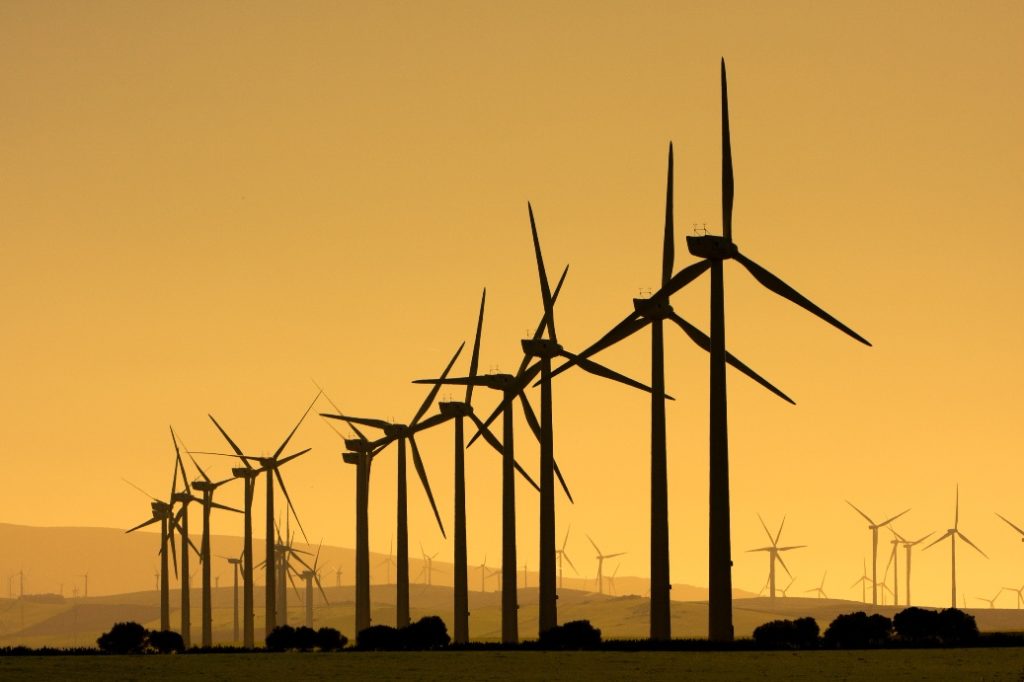The Centre has issued detailed guidelines that provide a framework for procurement of wind energy through the tariff-based competitive bidding route.
Issued under Section 63 of the Electricity Act, 2003, these guidelines aim at standardizing the tariff-based competitive bidding process for wind energy, and at defining the roles and responsibilities of various stakeholders. Equipped with these guidelines, distribution licensees that include state-owned discoms and private distribution licencees can procure wind power in a cost-effective manner.
These guidelines will help states like Tamil Nadu and Gujarat that had so far not ventured into tariff-based competitive bidding for wind power, in the absence of official guidelines.
The new norms will be applicable for grid-connected wind power projects of:
- individual size of 5 mw and above at one site with minimum bid capacity of 25 mw for intra-state projects; and
- individual size of 50 mw and above at one site with minimum bid capacity of 50 mw for inter-state projects.
Key components of the guidelines include that for compensation for grid unavailability and backing-down, robust payment security mechanism, standardisation of bidding process, risk-sharing framework between various stakeholders through provisions like change in law, force majeure, measures in case of default of procurer as also by generator, etc, a government release said.
So far, two tariff-based wind energy auctions have been conducted and both of these by nodal agency Solar Energy Corporation of India Ltd (SECI). In the first auction conducted in February 2017, a tariff of Rs.3.46 per kwh was realized. This fell further to Rs.2.64 per kwh in the second auction of October this year.
SECI is in the process of conducting its third auction with a targeted capacity of 2 GW and experts believe that tariffs could fall even further.
India currently has grid-connected wind power capacity of 32 GW and has set a cumulative target of 60 GW. In the current year (FY18), a total of 8 GW of wind auctions are likely to take place, which includes auctions already conducted. In FY19 and FY20, wind auctions aggregating 10 GW each, have been planned. This will take the total capacity through auctions to 28 GW by March 2020. Assuming two years for commissioning, India appears to be on track for attaining 60 GW by March 2022.
Also Read:
Wind tariffs fall further in second SECI auction
Click here for full text of official guidelines issued by power ministry

